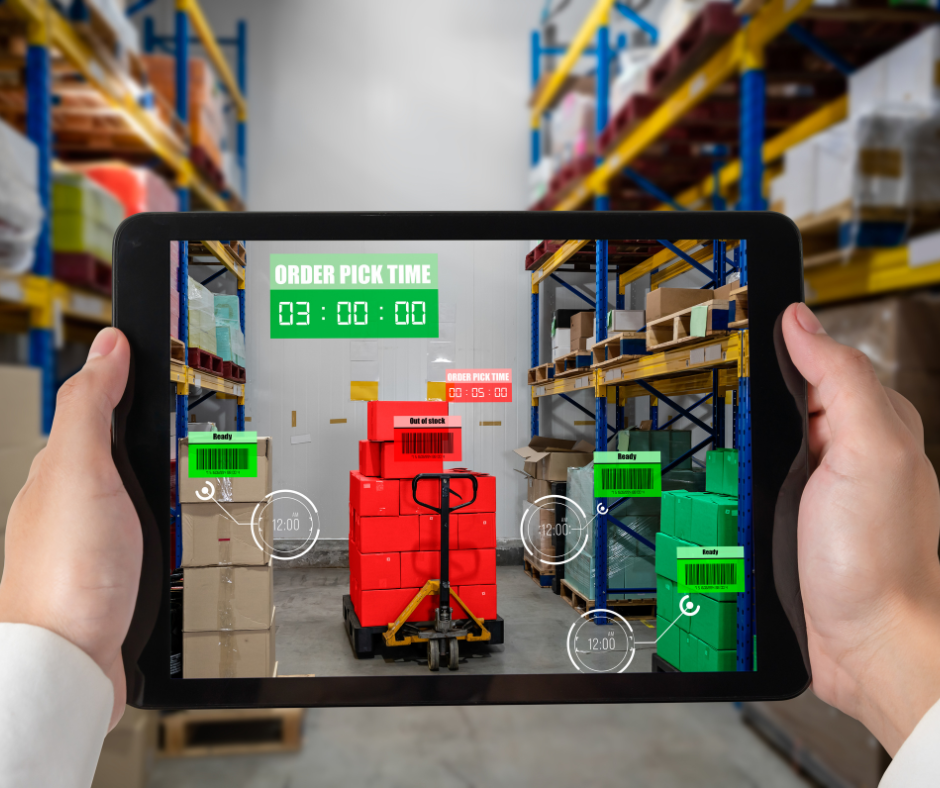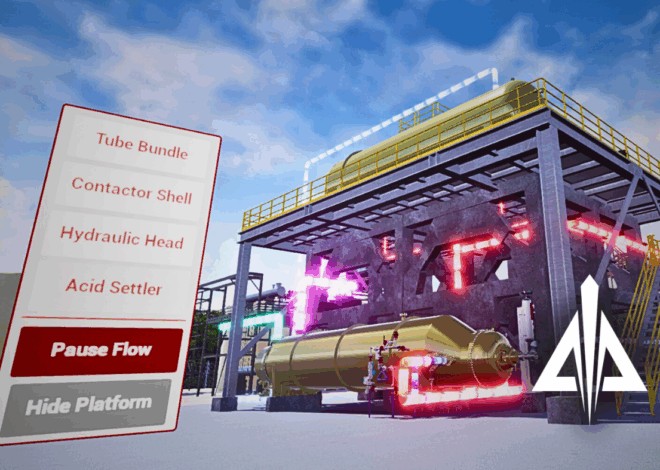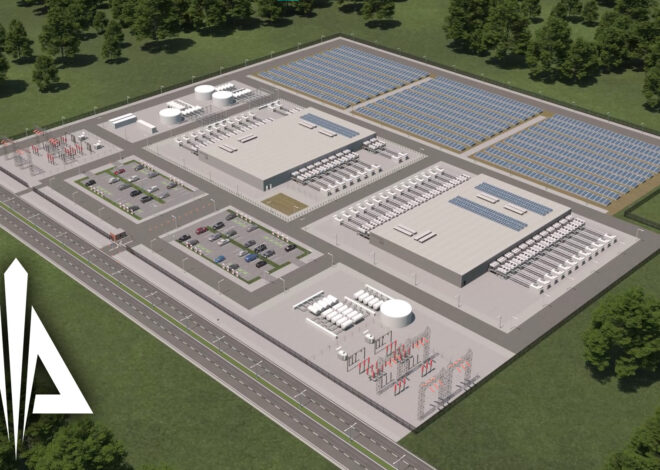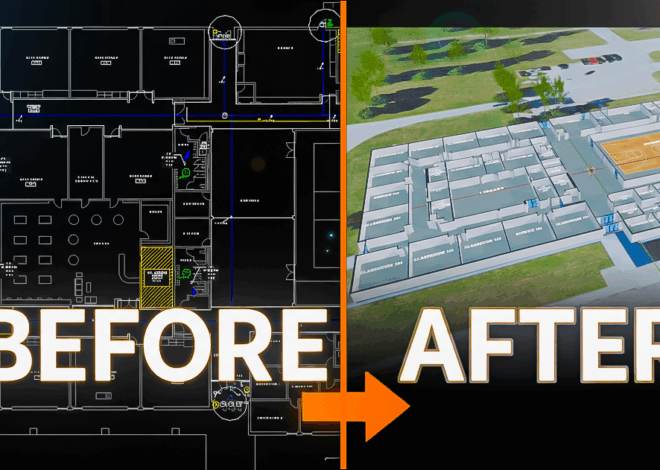
The Power of Technical Animation in Engineering and Architecture
In the dynamic world of engineering and architecture, where precision and innovation go hand in hand, technical animation emerges as a hyper-critical component of any complex project. This blog delves into the transformative role of technical animation, exploring its applications, benefits, and the cutting-edge technologies driving this revolution.
The Essence of Technical Animation
Defining Technical Animation
Technical animation is the art of breathing life into complex engineering and architectural concepts through visual representation. It transcends traditional static diagrams, offering a dynamic and highly immersive experience to convey intricate details and functionalities.
Visualizing Complexity
Unlocking the potential of technical animation allows professionals to visualize complex structures, mechanisms, and processes in a way that is both easy to understand and engaging to look at. From intricate machinery to elaborate building designs, animation becomes the bridge between abstract ideas and tangible understanding.
Applications in Engineering
Structural Analysis
Technical animation aids engineers in comprehending structural behaviors by simulating load distribution, stress points, and dynamic forces. This facilitates a deeper understanding of how designs will perform under real-world conditions.
Mechanism Demonstrations
For mechanical engineers, animation serves as a powerful tool to showcase the functionality of intricate mechanisms. From gear systems to robotic arms, dynamic visualizations simplify the communication of engineering concepts.
Prototyping in Virtual Space
Animating prototypes in a virtual environment accelerates the product development cycle. Engineers can identify flaws, test variations, and optimize designs in a simulated space, reducing the need for physical prototypes and minimizing costs significantly.
Revolutionizing Architectural Visualization
Conceptual Designs
Architectural concepts often start as abstract ideas. Technical animation enables architects to breathe life into their visions, offering stakeholders a realistic preview of the finished structure before construction begins.
Interior Walkthroughs
Step inside a building before it’s built with interior walkthroughs. Technical animation allows architects to showcase spatial arrangements, lighting effects, and material finishes, providing a holistic view of the design.
Urban Planning
In urban planning, animation aids in visualizing city layouts, traffic flow, and infrastructure development. Planners can explore different scenarios and optimize designs for efficiency and sustainability.
Cutting-edge Technologies
3D Modeling and Rendering
The backbone of technical animation lies in advanced 3D modeling and rendering technologies. These tools allow for the creation of realistic, high-fidelity animations that accurately represent engineering and architectural details.
Virtual Reality (VR) and Augmented Reality (AR)
The integration of VR and AR takes technical animation to new heights. Engineers and architects can immerse themselves in virtual spaces, making real-time adjustments and experiencing designs in a once unimaginable way.
Simulation Software
Simulation software enhances the accuracy of technical animations by simulating real-world conditions. Whether it’s testing the structural integrity of a bridge or the acoustics of a concert hall, simulations provide valuable insights.
In the realm of engineering and architecture, technical animation stands as a transformative force, breaking down complex concepts into digestible visual narratives. As technology continues to advance, the marriage of innovation and precision in technical animation paves the way for a future where ideas can be explored, refined, and brought to life in unprecedented ways.



